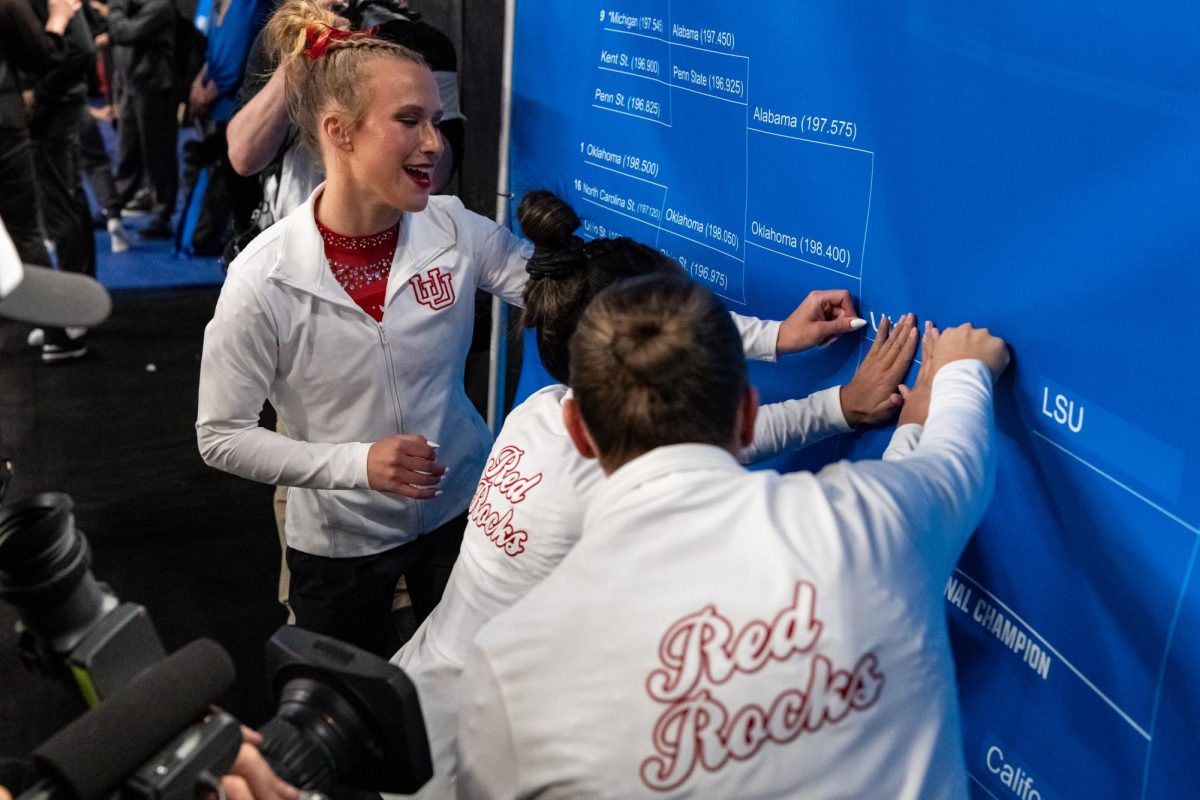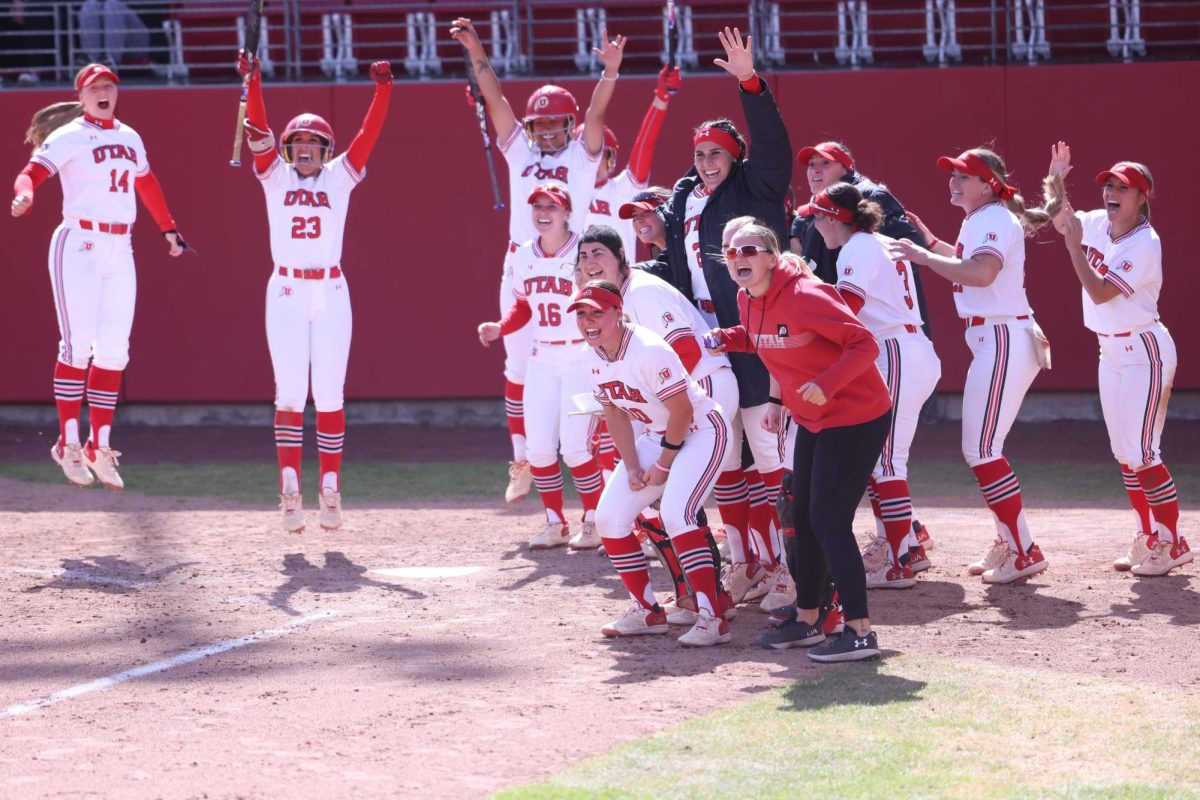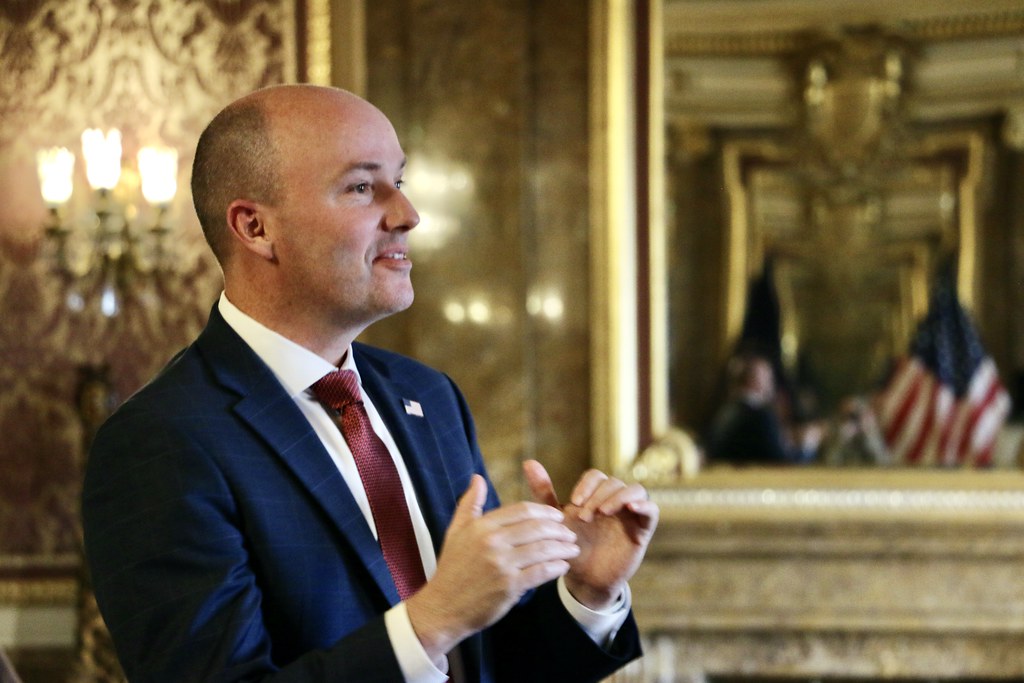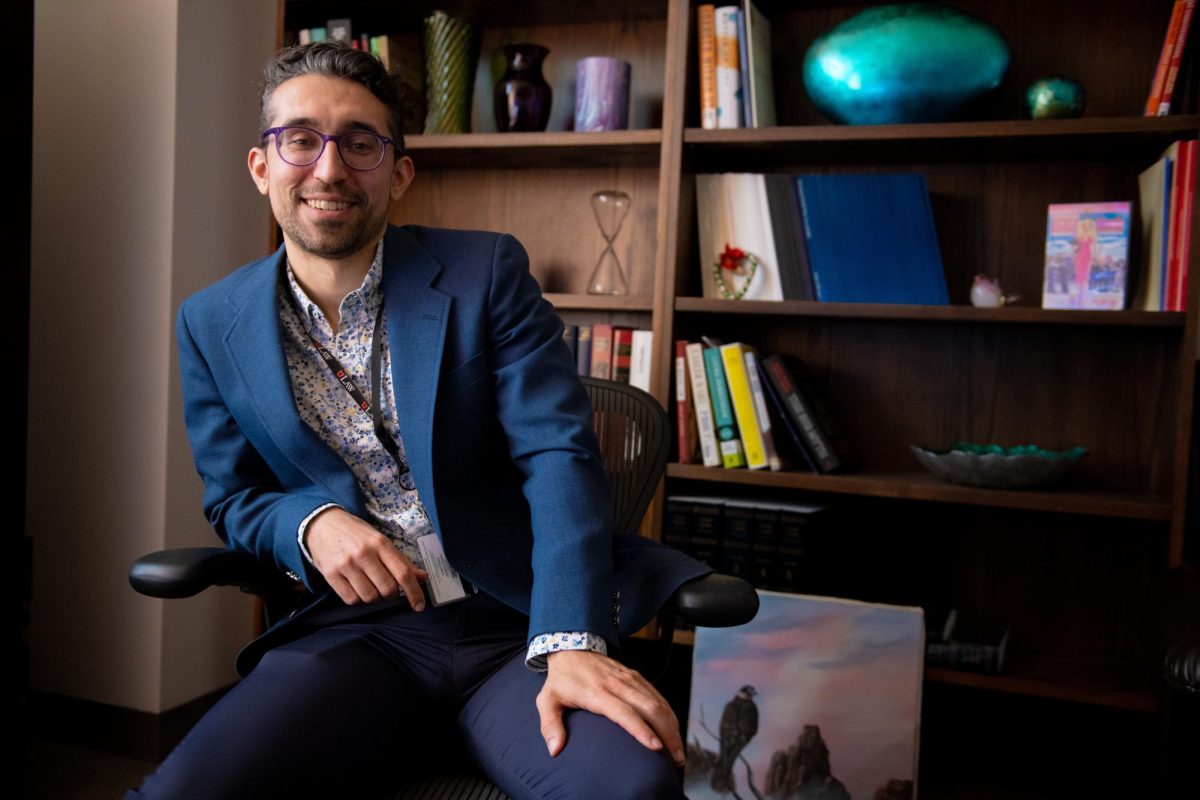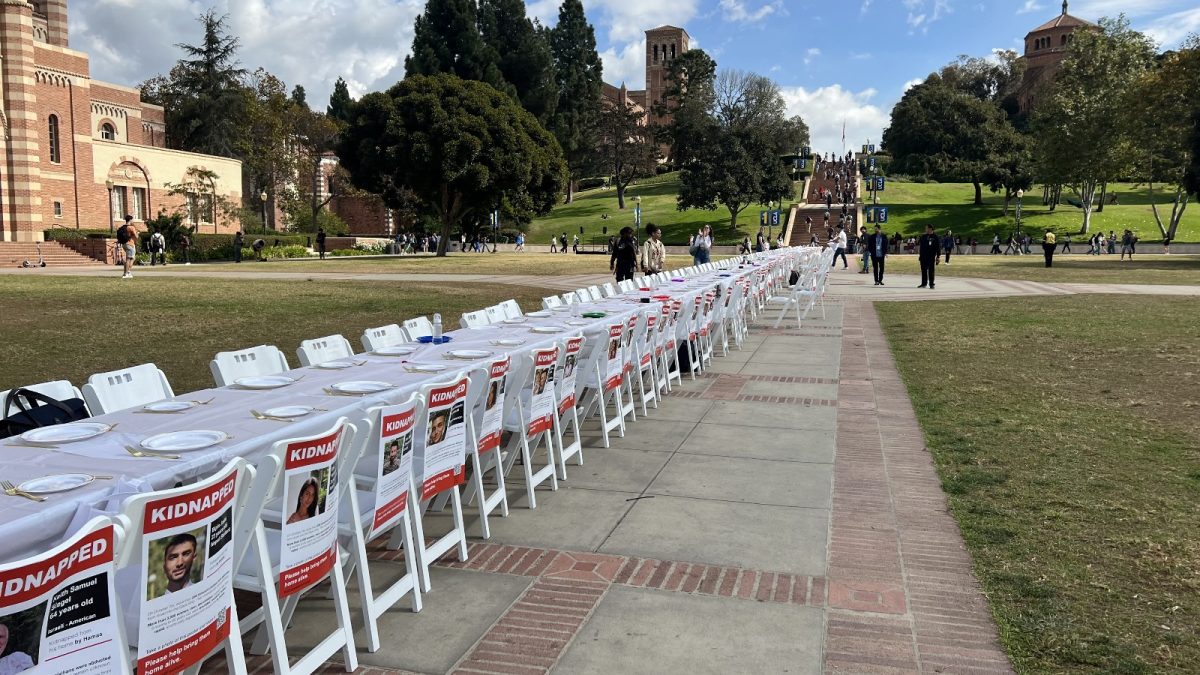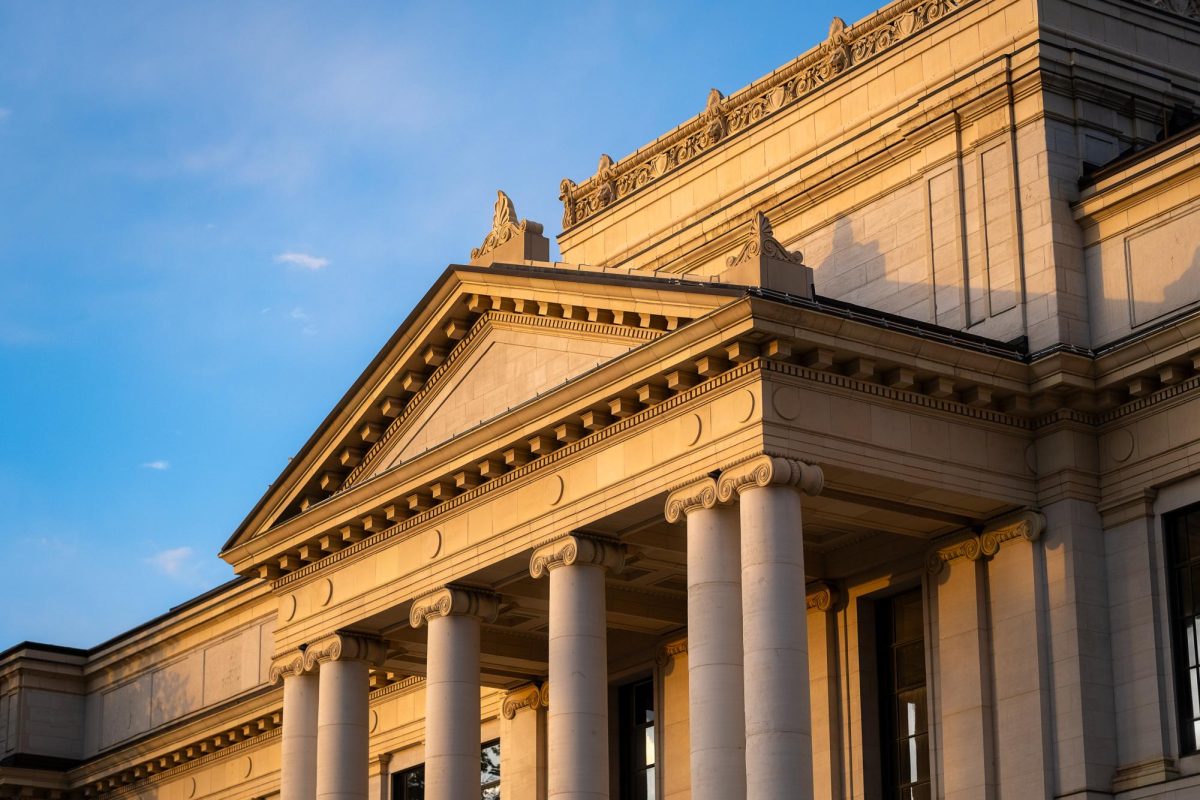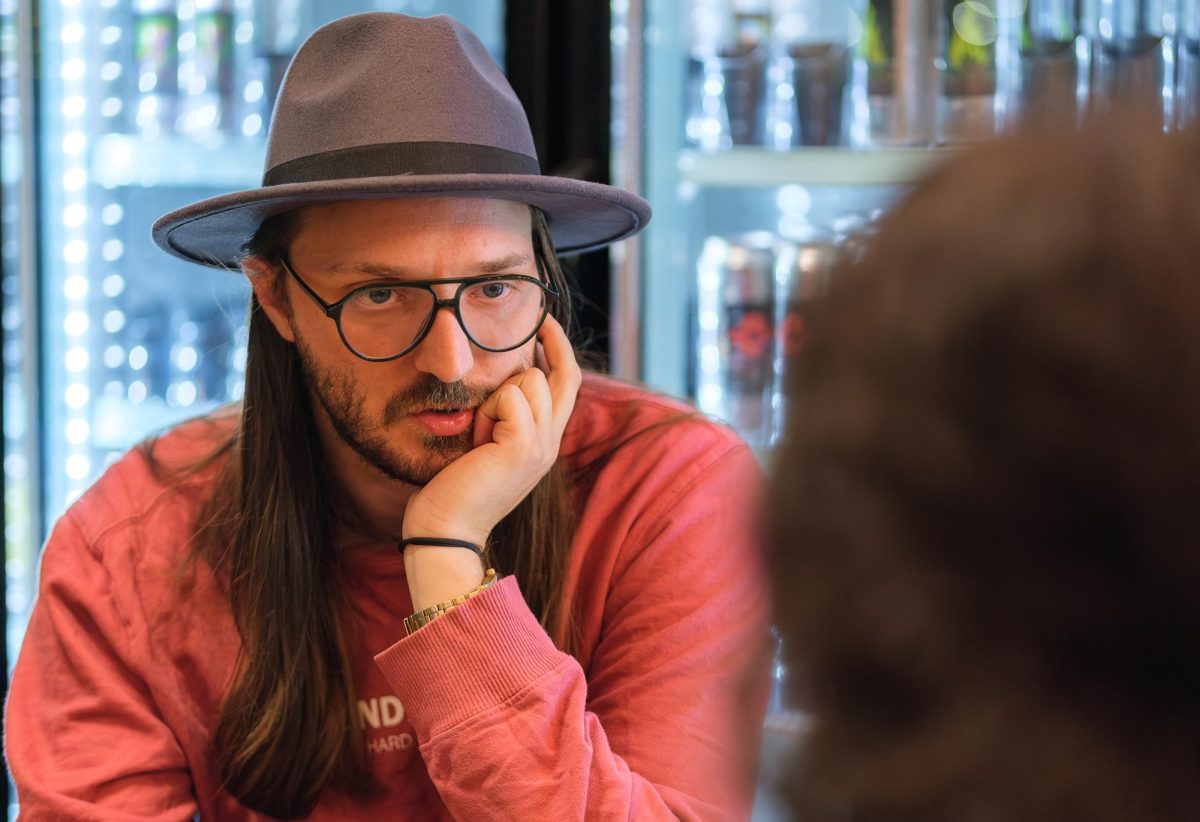Theorist and critic Theodore Adorno once famously wrote that there could be no poetry after Auschwitz — a statement that impassions interpretative quarrels to this day.
Adorno’s declaration seems wary of the potential for diminishing what’s real at the hands of (for this column’s sake) art.
It seems Adorno is insinuating that an event demands our reverence — our recognition that our means of discussing, understanding and true feeling are nothing compared with the feeling itself. After all, there is no portraying true grief — not honestly, and not without condescending, compartmentalizing or reducing. Life is bigger than the words for life, and what occasions transpire indeed make our fervent signaling seem almost sacrilegious.
(This is all neglecting the body of Adorno’s work, which complicates this idea — but for our purposes this articulation is useful.)
This position is often acutely roused in the wake of human tragedy — especially large-scale tragedy, where there is undeniable graphic evidence of an incomprehensible breakdown in humanity — such as Auschwitz or the recent shooting at Virginia Tech.
This logic stems from the consideration that life is greater than language — greater than our various representations. What this generally is accepted to mean is that human efforts to paraphrase life are inherently lacking — and therefore condescending or even dangerous in their capacity for dismissal.
Insofar as this posture recognizes the necessity of awe in the presence of tragedy, I agree with it.
I disagree at the point of disavowing art.
Art — poetry specifically — in the aftermath of impossible tragedy seems more needed then than ever. This assertion is contingent on the understanding that, as far as I have ever known it, art is not what it depicts — but that it is still very real nonetheless. A failure of representation does not mean a failure of new presentation.
Art that condescends to abolish our feelings of loss and sadness in some type of epiphany or redemptive reduction is indeed disrespectful — Adorno is right. This is the worst possible scenario, for all the reasons he indicates.
It is not, however, therefore the case that art is vestigial or sacrilegious. The difference is the knowing that art is not meant to paraphrase anything. No event of sorrow. No occasion of grief. Art that presumes to do so is condescending and shallow in the wake of terror.
However, that art which orients itself within the complete promises of awe — art that recognizes awe and the impossible life that occasioned it — illustrates that incomprehensibility is evidence of potential for both sorrow and joy. We are awed before each. This art does not dismiss true tragedy, but does not allow itself to be defeated by its existence, either.
It identifies hope.
And hope, it seems to me, is the single most necessary thing right now.
It is true that a great loss — one we can never undo or understand — has befallen us. Our modest but heartfelt condolences go out to all those suffering. It is true we are powerless to abolish the grief that accompanies this monumental tragedy. But it is also true that tomorrow will come — and perhaps with it, the opportunity for some yet unknowable solace.




